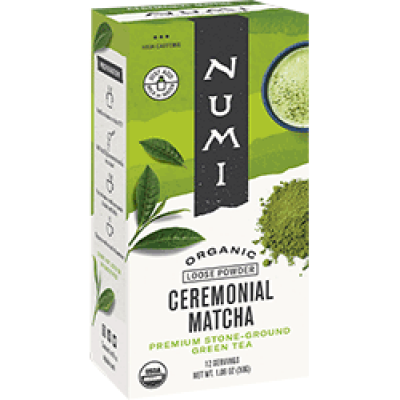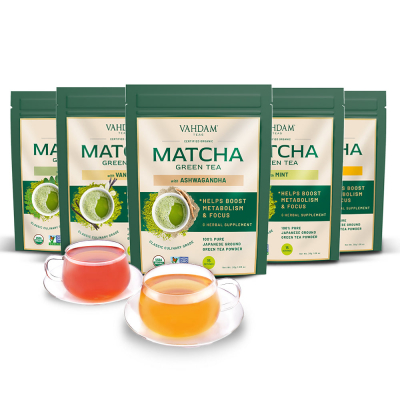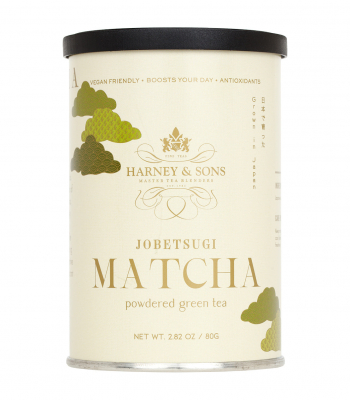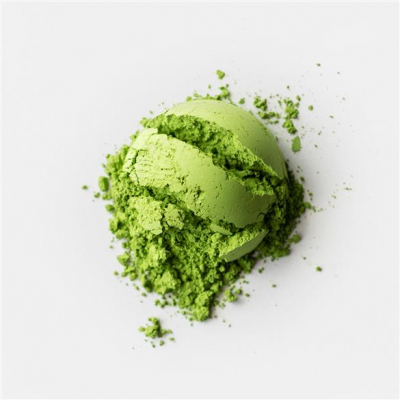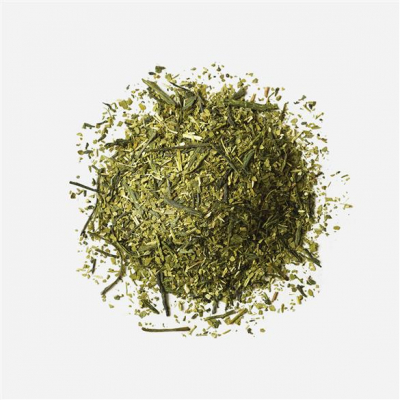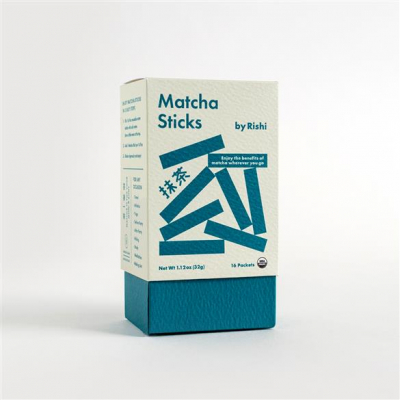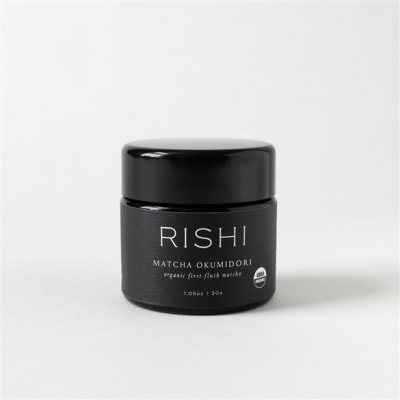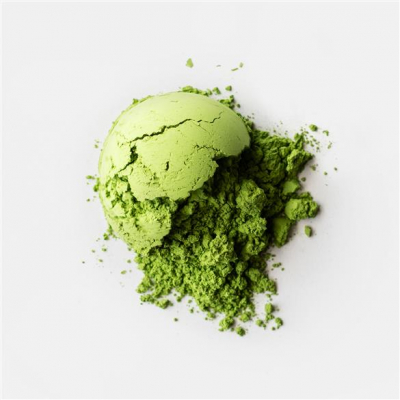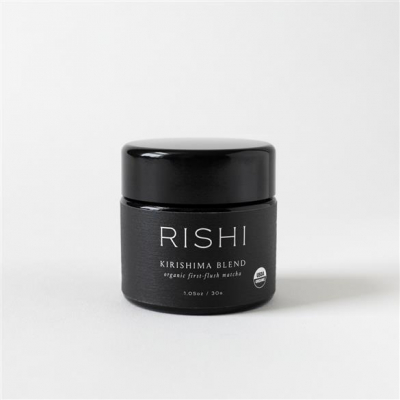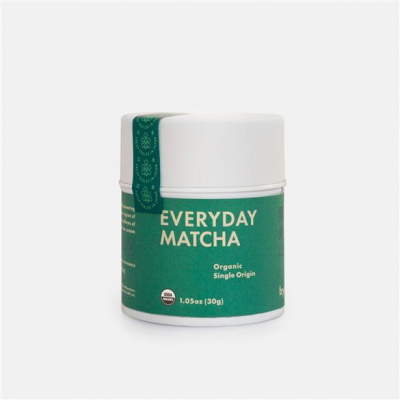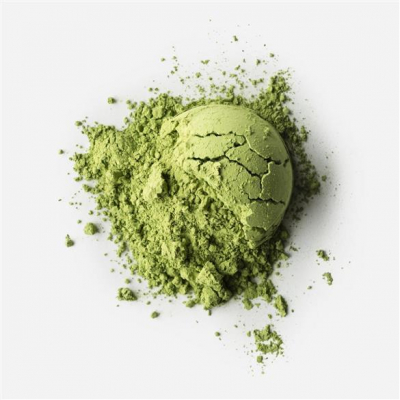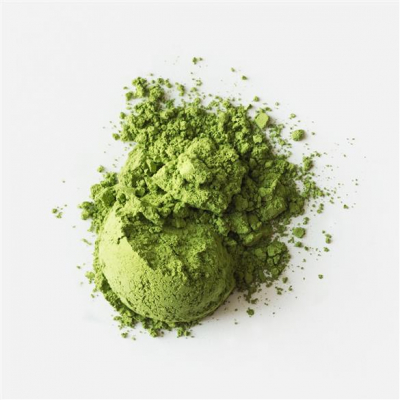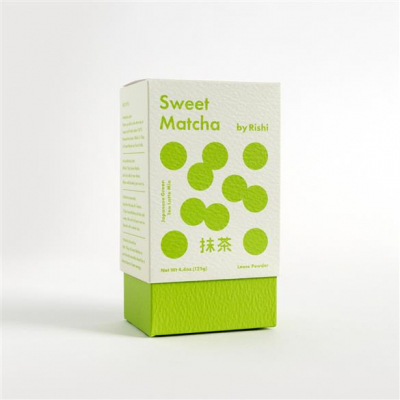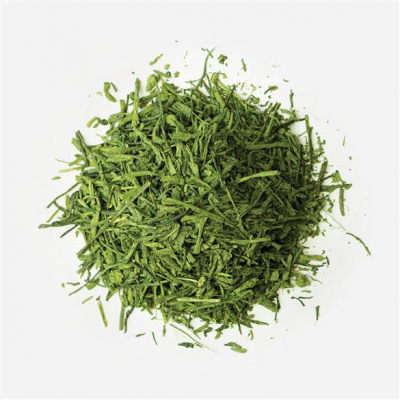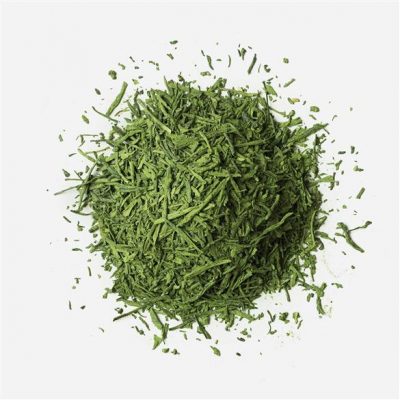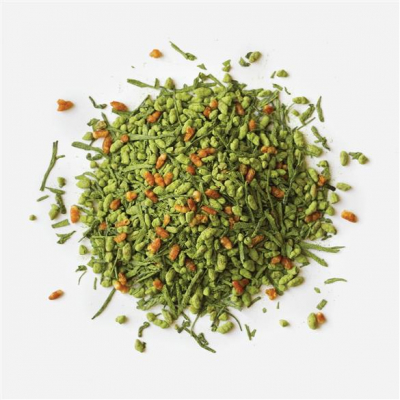Tea Type: Matcha Tea
Matcha Tea; Benefits, Nutrition, Buying Tips and Risks
Unlike other teas where you get to boil the dried leaves, making a matcha tea is quite different. Matcha tea is a powdered and high-quality version of green tea. It is specially grown and processed traditionally in East Asia.
This tea contains more antioxidants and caffeine than regular green tea. This is because it gets nutrients from the entire tea leaf. Its popularity is no joke, as it is often infused in most consumables. So, you can find it everywhere, ranging from coffee shops to health stores.
This is surely a unique tea in itself with lots of promising health benefits to offer. So, let’s take a look at what this tea offers and how it differs from the typical black and green teas.
Benefits of Matcha Tea
There are tons of benefits this tea offers people who take it. These reasons are why matcha tea is loved by most people and becoming famous today. Here are some of them.
- Matcha contains a high amount of antioxidants. One dominant one that can be found in this tea is catechins which usually act as a natural antioxidant. Hence, it helps to regulate toxic free radicals in the body. This way, chronic diseases and cell damage are prevented.
- It helps to protect the kidney and liver from damage. So, matcha tea helps to lessen the risk of liver disease.
- It enhances brain function to promote alertness, enhanced memory, and focus. This tea includes some components that help to boost brain function, like L-theanine.
- It also helps to lessen the growth of cancer. This tea has many health-boosting properties, some of which are anti-cancer.
- Another benefit of matcha tea is that it helps boost heart health. It happens through the oxidation of LDL cholesterol. This way, it lessens the risk of stroke and heart disease.
- It helps lose weight as it often serves as a supplement. According to studies, this tea includes certain properties. They help to speed up metabolism and boost fat burning.
- An additional benefit of matcha tea is the fact that it is super easy to prepare. All is good if you get the right consistency of water to matcha tea powder you prefer.
Caffeine Content in Matcha Tea
Caffeine is a natural stimulant that helps boost alertness and energy levels. It is often available in edibles like chocolate, tea, and coffee. Just like some other tea, matcha tea also contains a certain amount of caffeine. Although, it can’t be compared to the percentage available in coffee. It is still a fair amount to keep you alert after one cup.
Matcha tea has about nineteen to forty-four milligrams of caffeine per gram. However, the amount of caffeine depends on some factors. They include the quantity of powder used, how long it is brewed, and the freshness of the powder. Caffeine is more prominent in matcha tea compared to the other variants of green tea.
Types of Matcha Tea
There are two types of matcha tea available in the market. Both have distinct features ranging from taste to prep, making them unique.
Ceremonial Grade Matcha Tea
This matcha serves is included in the conventional Japanese tea ceremony. It is the highest quality of both matcha teas and is usually more subtle and flavorful than the other type. The ceremonial grade matcha tea is best when taken on its own. So, it is best not to infuse it into other confectionery and drinks.
Culinary Grade Matcha Tea
This type of matcha tea is usually referred to as a lesser grade than the ceremonial grade by tea masters. It is pocket-friendly. Also, it usually shines the most when complementing edibles. Edibles like baked goods, smoothies, and lattes. There is nothing subtle about the Culinary grade matcha. This is because it has a bold flavor that can confidently match the tempo of other ingredients.
What Does Matcha Tea Taste Like?
Most people wonder what matcha tastes like. This is especially when no other sweetener or ingredients are included. Matcha tea has a bold flavor profile with an interesting amount of refinement. This is why the Japanese use it for their tea ceremony.
Another interesting thing about this tea is that there are many underlying tastes to it. You can detect them when you slowly savor them. There is no end to this discovery as you get more and more surprises every time. Here are some of them.
- Vegetal: This is the most prominent taste note you will likely discover first. It is so because the tea is made from green leaves. These leaves have gone through different processes to make them what it is. It begins with harvesting to steaming and grounding into fine powder. The stemming process it goes through is one reason the tea projects a strong vegetal note.
- Umami: This Japanese term describes a rich and savory flavor. So, one way to know if you got an authentic matcha tea is by getting this taste note. In matcha tea, it is often described as oceanic, like seaweed. Matcha tea gets this flavor because of its shading process. This lasts up to three weeks before harvest. It is usually done to increase the chlorophyll and caffeine levels in the plant and give it a savory flavor.
- Sweet: Another taste note you will find in matcha tea is a lingering sweetness. Although this sweet note is light, it helps to even the other strong flavors that are present in the tea.
- Bitter: Alongside the sweet note, there is also an ounce of bitterness. The best matcha tea has a subtle note, but the same can’t be said about the low quality or improperly prepared one. This bitterness is not so bad because it complements the other flavors present in the tea. This provides an amazing savory ride to the drinker.
- Smooth: A good matcha tea is a smooth one. High-quality matcha is often described as rich, smooth, and quite buttery. Also, it has a lingering aftertaste that sweeps you off your feet.
Buying and Storing Matcha Tea
It is important to store this tea properly, especially as it is in powder form. If you won’t use your opened tea for a while, it is best to keep it in the freezer or fridge. Also, always keep the tea in an air-tight and light-tight container. This is important to keep moisture out. If you don't like the fridge/freezer storage, you can find a cool dark spot in the house to keep your tea. However, the air-tight container cannot be substituted.
Furthermore, you can buy matcha tea on the online market. Places like Jumia, Amazon, and Walmart, to mention but a few. They are always open to selling authentic products to you. You can also find it in grocery stores if you prefer to buy it in person.
Matcha Tea Tips
You need to know how to prepare matcha tea to maintain the flavor and get the most out of it. Below are some steps on how to do it.
- Sieve one to two teaspoons of matcha tea powder into a cup.
- Add the amount of hot water as you prefer. However, ensure that the water is just under a boil.
- Then, you need to whisk continuously until the tea begins to froth.
- Now, you can enjoy your tea and savor the tasty notes.
There are many other methods to use, but the one above helps you preserve and trigger all the right tastes. Also, you can add to lattes, make smoothies with other ingredients, or as a broth to certain food for taste. The choice is yours, so enjoy and make the most of it.
Matcha Tea vs Yerba Tea
Both tea share similarities. Many health benefits, amount of caffeine, and availability of different flavor profiles. In the same way, yerba tea differs from matcha tea in various ways. Yerba tea is a combination of leaves and sticks from the holly tree. On the other hand, matcha tea is a sine powder gotten from the leaves of a camellia Sinensis plant.
Other differences are:
| Matcha Tea | Yerba Tea |
| Originated from Japan | Originated from South America |
| It has a smooth, bitter, umami, sweet, and vegetal flavor. | It has a mild and grassy flavor. |
| The tea leaves are shade-grown. | It is obtained from a species of holly plant. |
| It can be whisked in a bowl or added to other edibles like lattes, baked food, etc. | It is usually prepared in a hollow gourd with bombilla straw and hot water. |
Check All Other Tea Types
